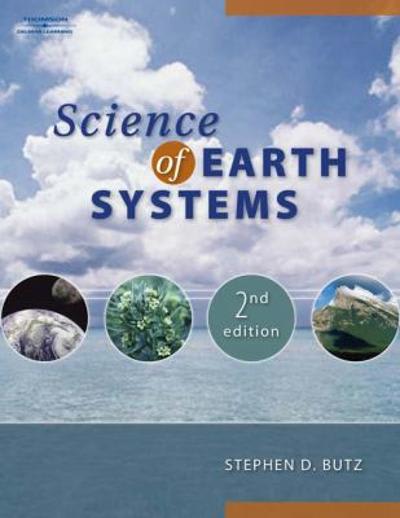For question 1 and 2 this is the lab link: https://www.compadre.org/Physlets/electromagnetism/prob29_3.cfmFor 3 and 4 with a,b,c,d this is the link: https://www.compadre.org/Physlets/electromagnetism/prob29_11.cfm
B = BA cose E=-AQ:/At V=IR P=IV E=Pt W=Fd B=Blv V,/Vp=N, / Np N,/Np= Ip/Is P=PR B = Ho lend / 1 = 47E-7 land / 1 lend = Nal B=BIv E=-L(41/At) L = ARE-7 N2 A/ 1 Please fill in or answer all 's . Physlet Physics by Christian and Belloni: Problem 29.3 (compadre.org) Open the simulation. Run it and watch. We are working through Example 21-4 Pulling a Coll from a Magnetic Field, p.595, in the lecture, with this simulation. A loop is pulled to the right in a B field of 2 T pointing up (out of the page) and the resistance of the loop is 200 0. The loop's dimensions are .8 m by .5 m. It takes 2.7 s for the loop to be pulled completely out of the B field. We want to find the current magnitude and direction, and the force required to do this. The 3 step procedure for RHR is 1 RHR1 on the B field to get current direction, 2 reverse it, 3 if flux is increases keep step 2 result, otherwise reverse it. Our procedure is to find the flux, the induced EMF, the current, and then from energy, the force. 1. A. Flux B = BA= B. Induced EMF magnitude E = - A@, /at = + V. C. current =_ mA D. current direction (3 step procedure): CW / CCW. 2. A. Force calculation, first calculate the power dissipated in the loop, P =_ mW. B. Next calculate the energy "E", which is the "work", from E = P t = mJ. C. Finally from E = W = F d, with d = .8 m, calculate the force F =_ E-3 N. Physlet Physics by Christian and Belloni: Problem 29.11 (compadre.org) Open the simulation. Run it. Find the Inductance of a Solenoid. A changing current goes through a solenoid (of many turns) and this induces a "back voltage" also called an "induced EMF". This simulation "ramps the current up" as time goes on, and we get a graph of the current vs. time. The ENF induced by the changing current is constant, because the current increases at a constant rate. Click run on the simulation (below the cross section of the solenoid), and you will see the current steadily increase (red curve) and the EMF it induces (blue curve). The solenoid's cross section cuts through its center, going from left to right, with its interior shown in purple. The many windings of the solenoid are shown as adjacent block dots above and below the purple interior, that are cross sections of its round wires. Now click reset, and run again. The B field is confined within the solenoid, and since the B field only depends on current (and not current increase) the B field steadily increases along with the current as time goes on. This B field is shown within the solenoid by increasing black arrows. These point to the right. Our original RHR 1 can get us the direction of the current in the solenoid's windings (with only one step. 3. The direction of the current in the solenoid's upper windings is Into/Out of the page. 4. We find the inductance of the solenoid from E= -L (4 1/At). This simulation is for magnitude, so we can ignore the - sign. A. First we measure the current that starts as zero (red curve). Use the cursor to find the final current value (hold it down on the final upper-right red dot, very slightly over 10 A). I=_ _A (3 sig fig). B. Do the same with the EMF (blue curve), B =_ mV (very slightly under 2.25 mV). C. Calculate the inductance, L = _E-4 H (3 sig fig) using t = 4 s (indicated on simulation's upper left). D. Suppose the radius of the coil is 6 cm, and it has 100 turns. Calculate its length, 1=_ _cm (3 sig fig)







